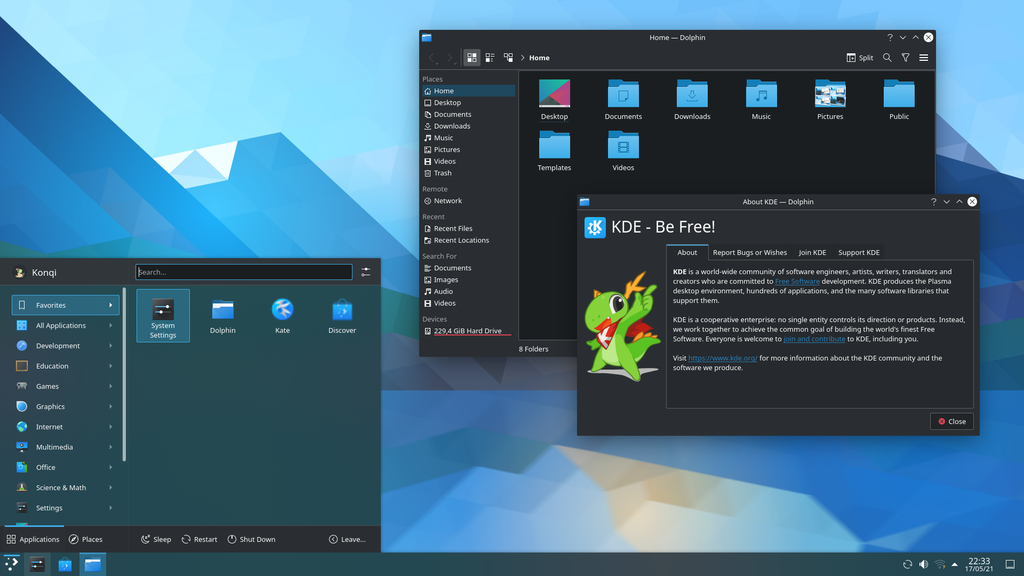interfaces
why they are important and why you should pay close attention to interface definition
Gergő Pintér, PhD
gergo.pinter@uni-corvinus.hu
an interface is a shared boundary across which two or more separate components of a computer system [1]

interface is an agreement
- how a module / component will work
- so as long as the agreement is complied the components do not need
to know about the internal structure/work of the other components
- separation of concerns
- single responsibility principle
user statistics example - interfaces
data sent to the UI
- specify
-
- the JSON schema
- endpoint
- etc.
user statistics - C4 component
interface mocking
- an interface is a boundary where a module can be separated
- in the user statistics example there are two parts: a backend and a frontend
- with a well defined interface, the frontend can work regardless of
the backends’s state
- e.g., using a mock backend
A mock, in software engineering, is a simulated object or module that acts as a stand-in for a real object or module [2].
user statistics - mock backend
require 'sinatra'
def generate_progress
rand.round(2)
end
def generate_activity_matrix
result = []
(1..4).each do |_w|
daily = []
(1..7).each do |_d|
daily.push rand(10)
end
result.push daily
end
result
end
get '/user-statistics' do
data = {}
data['name'] = 'Marvin'
data['id'] = 42
data['registration'] = '2019-10-02'
data['progress'] = generate_progress
data['activity'] = generate_activity_matrix
return data.to_json
endfrontend development
a mock backend should be enough for a frontend developer to create and test the user statistics view of the user interface
{
"name": "Marvin",
"id": 42,
"registration": "2019-10-02",
"progress": 0.92,
"activity": [
[4,9,7,4,7,1,8],
[9,8,1,8,4,1,7],
[3,6,8,4,2,4,5],
[3,5,5,3,2,9,7]
]
}it may be presented to the customer
fast feedback, agile, and so on…
do not change the interface (without notice)
this will break the frontend
it is not just rude, but will waste the time of the other team (with pointless debugging)
do no break the userland
the number one rule of kernel development is that “we don’t break users”
API changes should be communicated
- during design / development
- change can be necessary / allowed, but communicate towards the impacted teams
- diagrams show inner dependencies
- services announce API deprecations
- so as library / framework developers
- can be a source of new issues even if downstream code is not changed
API versions
- 2021-06-30: API v1’s end of live
- service does not accept connections via APIv1
- code can be removed (no need to maintain it anymore)
https://developers.facebook.com/v21.0/me?fields=id,name
language level
GeoPandas 1.0 / new deprecations: unary_union attribute is now deprecated and replaced by the union_all() method (#3007) allowing opting for a faster union algorithm for coverages (#3151)
DeprecationWarning: The ‘unary_union’ attribute is deprecated, use the ‘union_all()’ method instead.
def unary_union(self):
warnings.warn(
"The 'unary_union' attribute is deprecated, "
"use the 'union_all' method instead.",
DeprecationWarning,
stacklevel=2,
)
return self.union_all()source: github.com/geopandas/geopandas
java
public class Worker {
/**
* Calculate period between versions
* @deprecated
* This method is no longer acceptable to compute time between versions.
* <p> Use {@link Utils#calculatePeriod(Machine)} instead.
*
* @param machine instance
* @return computed time
*/
@Deprecated(since = "4.5", forRemoval = true)
public int calculate(Machine machine) {
return machine.exportVersions().size() * 10;
}
}source: [3]
IDEs can parse the deprecation decorators and show to the developer during work
a 327 Million Dollar interface miscommunication
NASA and Lockheed Martin mixed up units for the Mars Climate Orbiter (1999)
- spacecraft sent values back to Earth in Newton seconds
- the software in the ground station read those results as
pound seconds
- the guidance and navigation teams was off by a factor of 4.45 times
- this led to a miscalculated trajectory, which doomed the probe and the mission
![rendering of the Mars Climate Orbiter by NASA/JPL/Corby Waste via Wikipedia [4]](figures/borrowed/Mars_Climate_Orbiter_2.jpg)
based on [5], read the full story written by Tim Dodd
